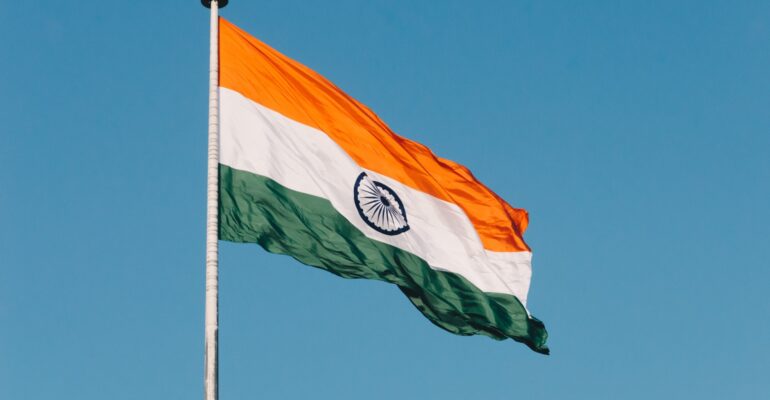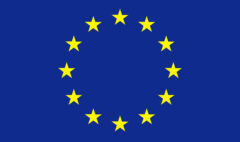India’s Economy Remains Resilient Despite the Worsening Economic Condition in the West
August 9, 2022 2022-08-09 15:40India’s Economy Remains Resilient Despite the Worsening Economic Condition in the West
India’s Economy Remains Resilient Despite the Worsening Economic Condition in the West
ASIA ─ The second most populous country in the world, India was also currently the 6th largest economy in the world in terms of Gross Domestic Product (GDP), with a total of $3.173 Trillion in economic productivity last year. Moreover, the South Asian economic powerhouse has exemplified relatively resilient financial results compared to its western peers like the US, the UK, and even Europe’s largest economy, Germany. For instance, while western powers are experiencing an upward of 8-9% Year-to-Date (YTD) inflation rate for the past months, India is trailblazing at relatively lower levels at around 7% in the second quarter of the year.
On the other hand, while the Indian Rupee is still on a downtrend versus the US dollar ─ it has surprisingly kept its peg better than its peers in the Asia-Pacific Region. This is a testament to the country’s effective fiscal and monetary policies in lieu of the reforms and steadfast approach during the COVID-19 pandemic. Furthermore, since the beginning of the Ukraine-Russian conflict earlier this year, India has maintained a foreign policy of non-alignment. It has actively engaged both parties, thus sparring it from the harsh economic and supply-chain retaliation the western economies have suffered.
The Difference lies in the Approach
According to Priyam Gandhi-Mody, a political communications strategist and a renowned Indian author, the Indian Government has exercised its due diligence to prevent the worst-case scenario from dawning on the country, saying, “By early recognition for the need to undertake supply-side measures and maximizing the bang for the taxpayer buck on the demand side, India has been able to insulate itself in this time of great economic volatility globally.”
He added, “At the onset of the Covid-19 pandemic in early 2020, as most countries imposed restrictions on movement greatly impacting businesses and thus incomes, the spill-over impact on supply and demand dynamics destabilized even the most advanced economies. Nations were forced to take urgent, macro policy measures to counter this sudden crisis.”
Meanwhile, a unique cultural habit of Indians has enabled the Indian Government to divert from the prominent exorbitant expansionary policies western countries have employed to combat the adverse effects of nationwide lockdowns. “Prime Minister Modi strongly believed that giving out cash-in-hand to all Indians would be counter-productive — it wouldn’t create that surge in spending required to stimulate the envisioned demand due to the inherent nature of Indians to save versus spend, especially during trying times,” Gandhi-Mody exclaimed.
The Sacrifice Paid Off
Thus, during the pandemic, India diverted the bulk of its economic response to gear toward the long-term post-pandemic situation. This is in the realization that the country, unlike western economic powerhouse, would run out of capital if it were to divert everything to the short-term needs of its more than a billion population. This is because despite being the 6th largest economy in the world, it has the lowest GDP per capita (out of the 30 largest economies world) at only $2,277.
In addition, a financial stimulus at this grand scale would be ineffective as inflation would soon catch up, and a rapid currency (rupee) devaluation would occur. Nevertheless, overall, on a macro level, it was a successful sacrifice that pays dividends to this date.











